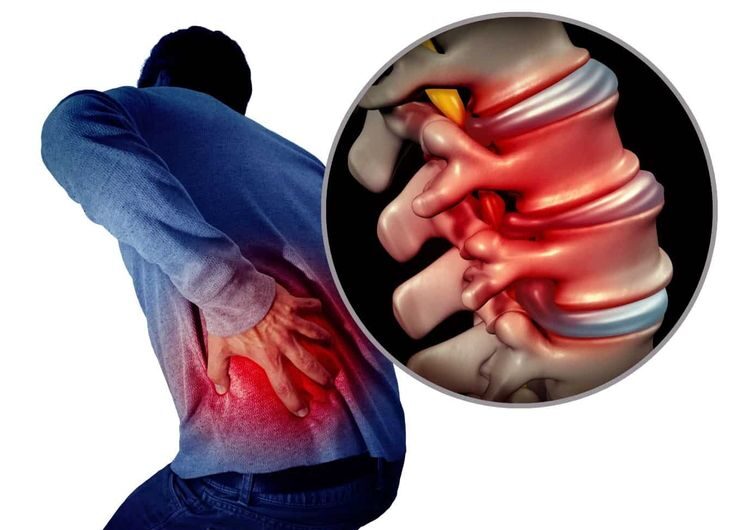Spinal surgery

Spinal surgery
Spinal surgery is a specialized procedure aimed at treating various spine conditions, including herniated discs, spinal stenosis, and degenerative diseases. By employing advanced techniques, such as minimally invasive and robotic-assisted surgery, spinal surgery effectively alleviates pain, restores mobility, and enhances overall spinal health, allowing patients to regain their quality of life with reduced recovery times.
Here’s how it works:
Pre-Surgical Evaluation
Surgeons conduct thorough assessments, including imaging tests (MRI, X-rays, CT scans), physical exams, and medical history reviews, to determine the exact location and type of spinal issue.
Anesthesia Administration
General anesthesia is typically used, ensuring the patient is unconscious and pain-free during the procedure, while local anesthesia may be applied to specific areas if necessary.
Incision and Access
The surgeon makes a precise incision over the affected spinal region, using advanced techniques to minimize muscle disruption and provide optimal access to the spine.
Surgical Procedure
Depending on the condition, procedures like decompression (removal of bone spurs or herniated discs), spinal fusion (joining vertebrae), or disc replacement are performed to alleviate pain and restore stability.
Post-Surgical Care
After the surgery, patients are monitored for any complications. A recovery plan including rest, physical therapy, and gradual reintroduction of activities is essential for long-term success.
Recovery and Rehabilitation
Rehabilitation is a critical part of recovery, aiming to strengthen the muscles surrounding the spine, improve mobility, and ensure the spinal structure heals properly for optimal function.
Common Conditions Leading to Bone Tumor Surgery :

Herniated Disc
A herniated disc occurs when the soft inner core of a spinal disc protrudes through a tear in the outer layer, potentially compressing nerves. This can cause pain, numbness, and weakness, especially in the lower back or legs.

Spinal Stenosis
Spinal stenosis refers to the narrowing of the spinal canal, which puts pressure on the spinal cord and nerves. It typically leads to symptoms like back pain, leg pain, and difficulty walking.

Spondylolisthesis
This condition involves a vertebra slipping out of place, often leading to nerve compression. It can cause pain, numbness, and muscle weakness, particularly in the lower back.

Degenerative Disc Disease
As the discs between the vertebrae deteriorate with age or wear and tear, it can lead to pain, stiffness, and reduced mobility. In severe cases, surgery may be needed to restore function.
